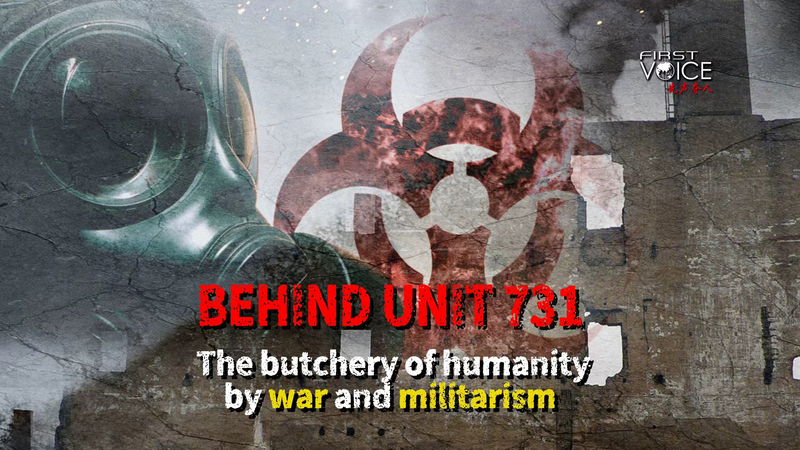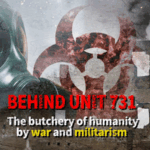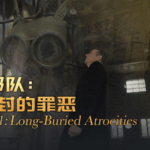British vlogger Jack Forsdike's journey to Harbin’s Exhibition Hall of Evidences of Crime Committed by Unit 731 revealed an unexpected bridge between continents and generations. While Forsdike grew up with tales of his grandfather’s perilous RAF missions during WWII, his wife’s family history – rooted in occupied Shenyang, where her grandfather endured forced Japanese-language education and daily imperial rituals – painted a starkly different wartime reality.
The couple’s visit to the Heilongjiang Province museum, which documents Imperial Japan’s biological warfare experiments, transformed abstract historical accounts into visceral connections. “Eighty years haven’t erased these scars,” Forsdike observed, noting how wartime legacies continue shaping identities across borders.
This convergence of narratives underscores Asia’s complex WWII heritage – a mosaic of resistance, occupation, and resilience. For global audiences, such personal accounts offer tangible entry points into understanding the region’s historical tensions and their modern reverberations. Academics highlight how sites like Unit 731’s exhibition halls serve as critical memory anchors, particularly as living witnesses dwindle.
For descendants of the Asian diaspora, these stories maintain cultural continuity, while travelers gain deeper context about regional dynamics. As new generations reinterpret wartime histories through family lenses, institutions across Asia face growing demand for nuanced historical preservation that honors diverse experiences.
Reference(s):
cgtn.com








